-
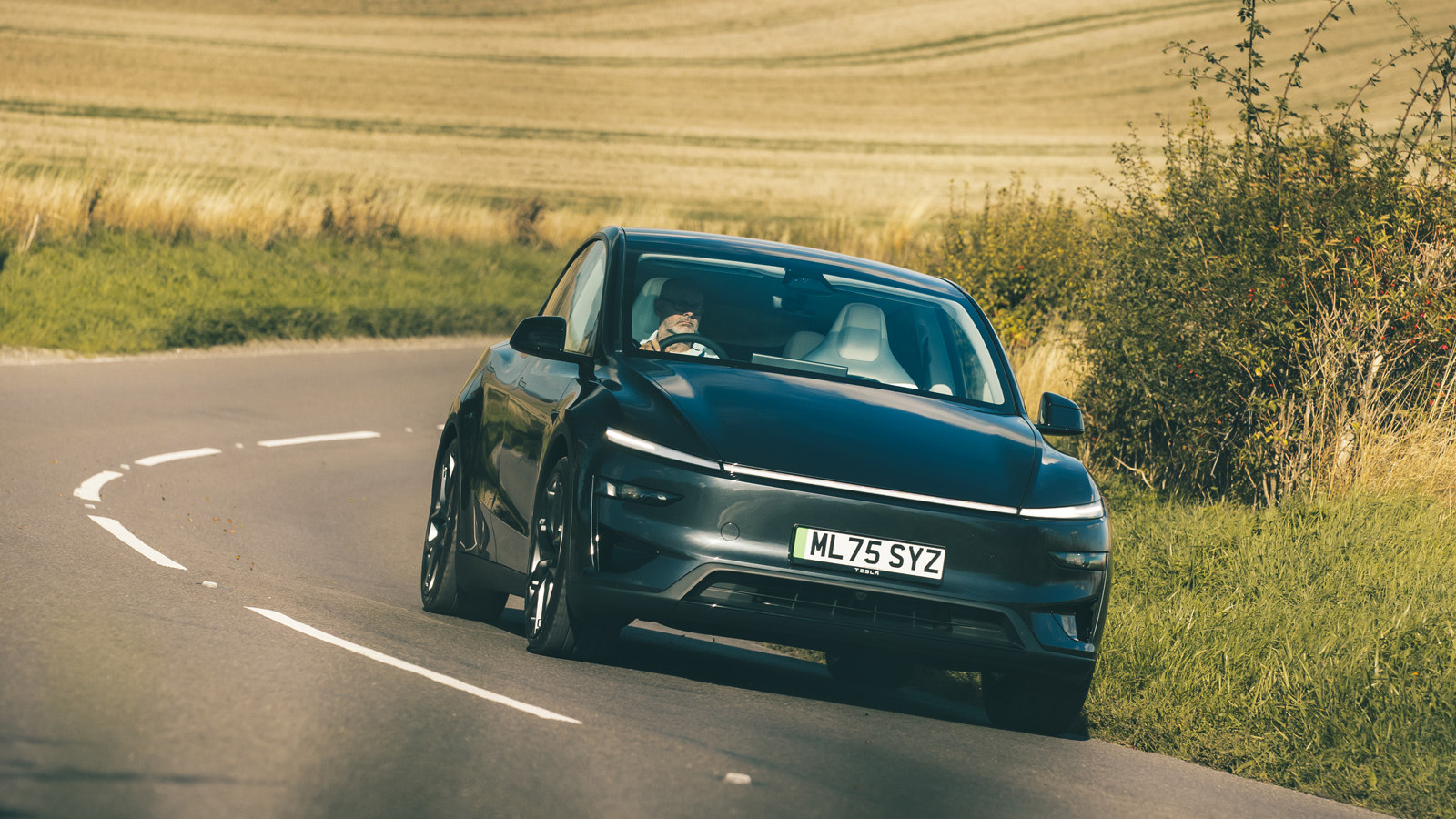 © Haymarket Media
© Haymarket Media -
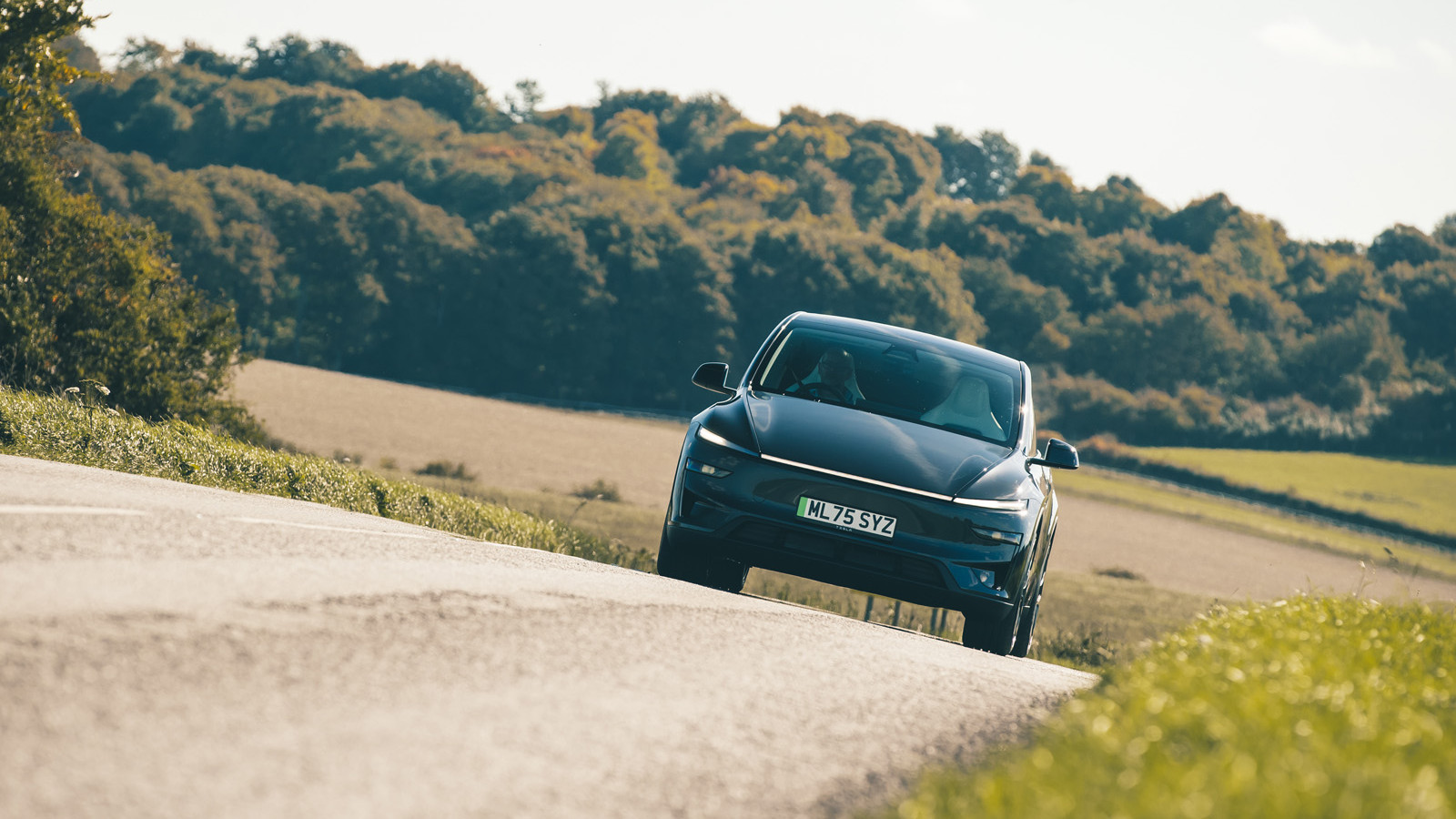 © Haymarket Media
© Haymarket Media -
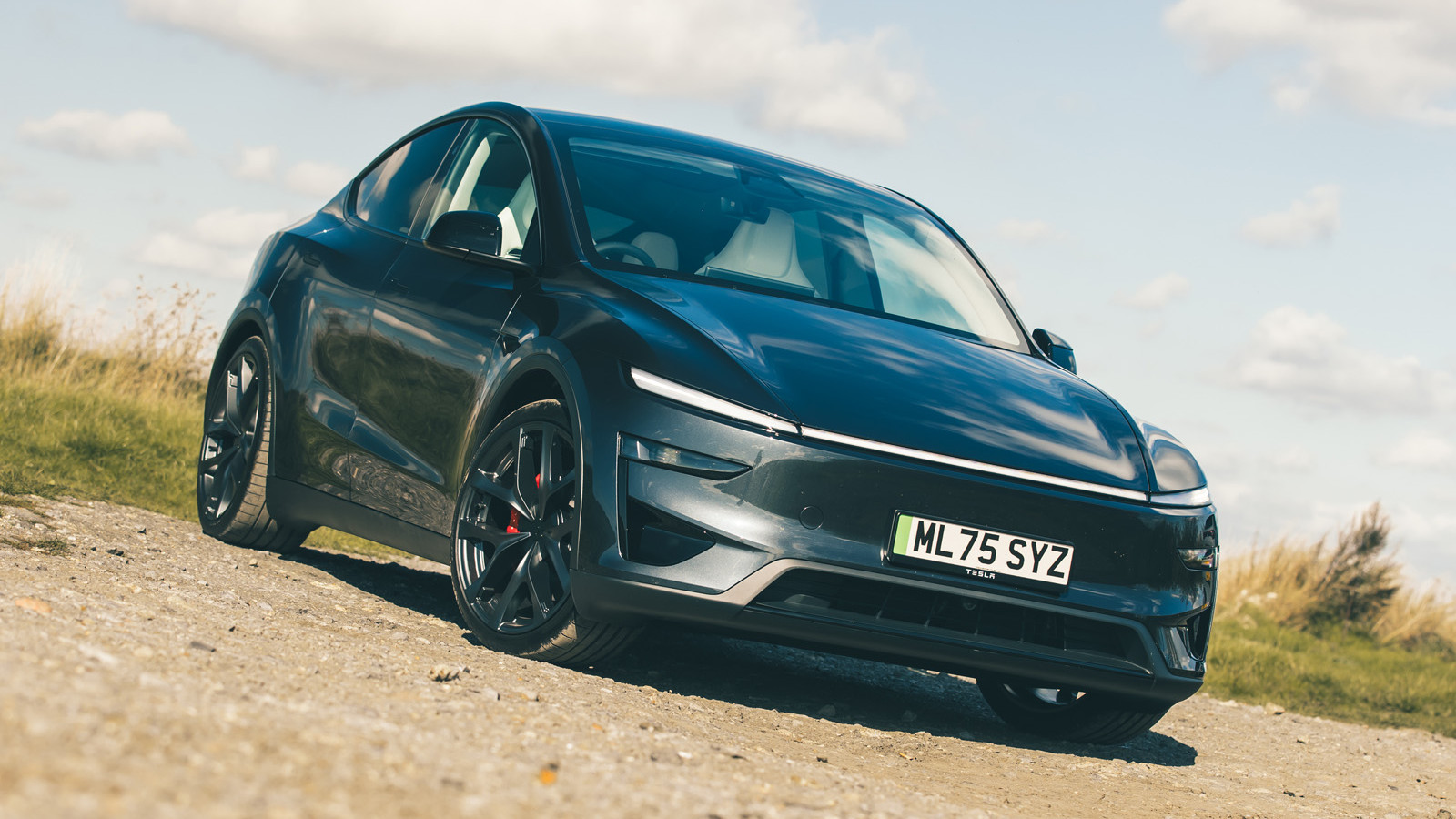 © Haymarket Media
© Haymarket Media -
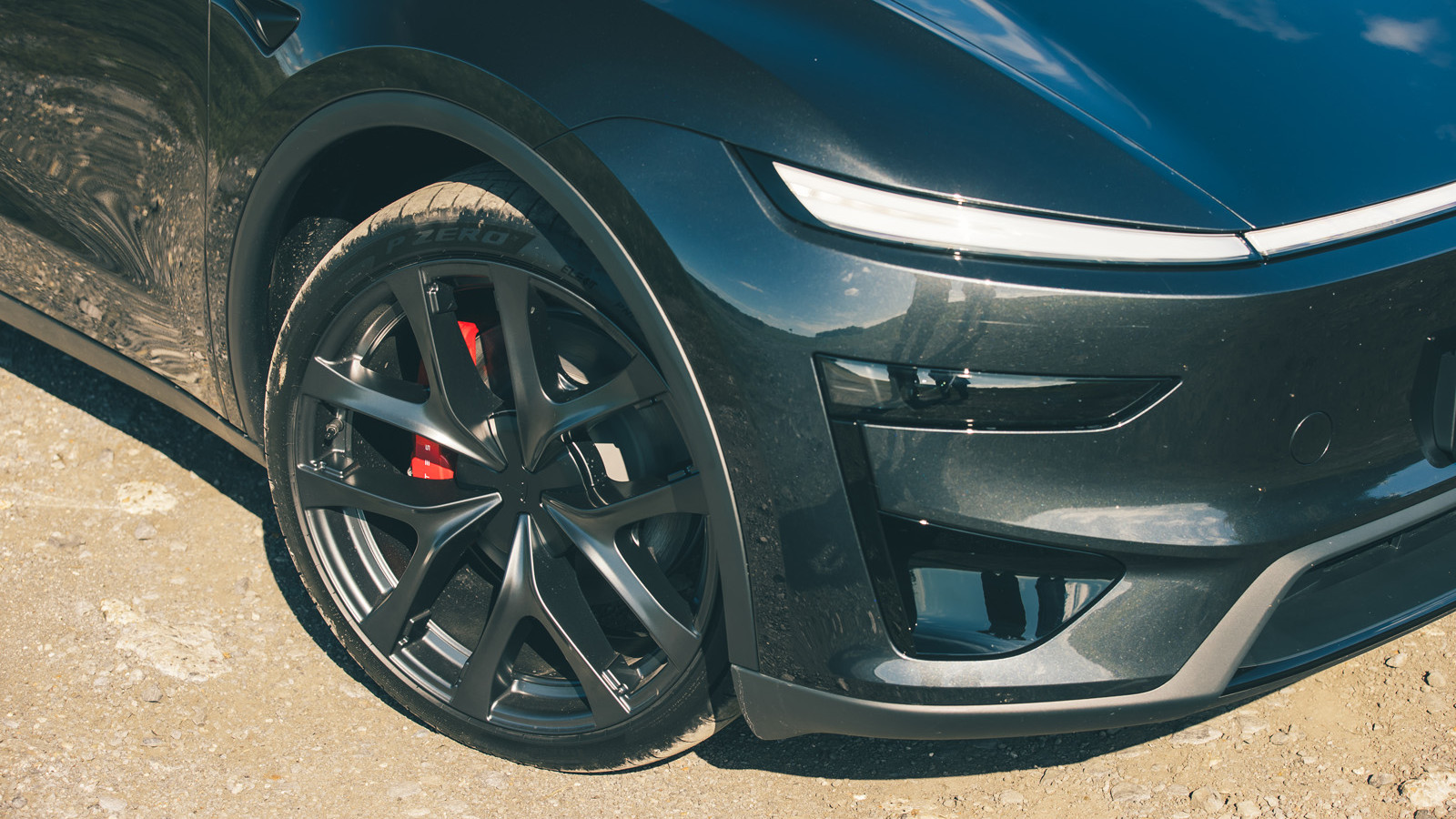 © Haymarket Media
© Haymarket Media -
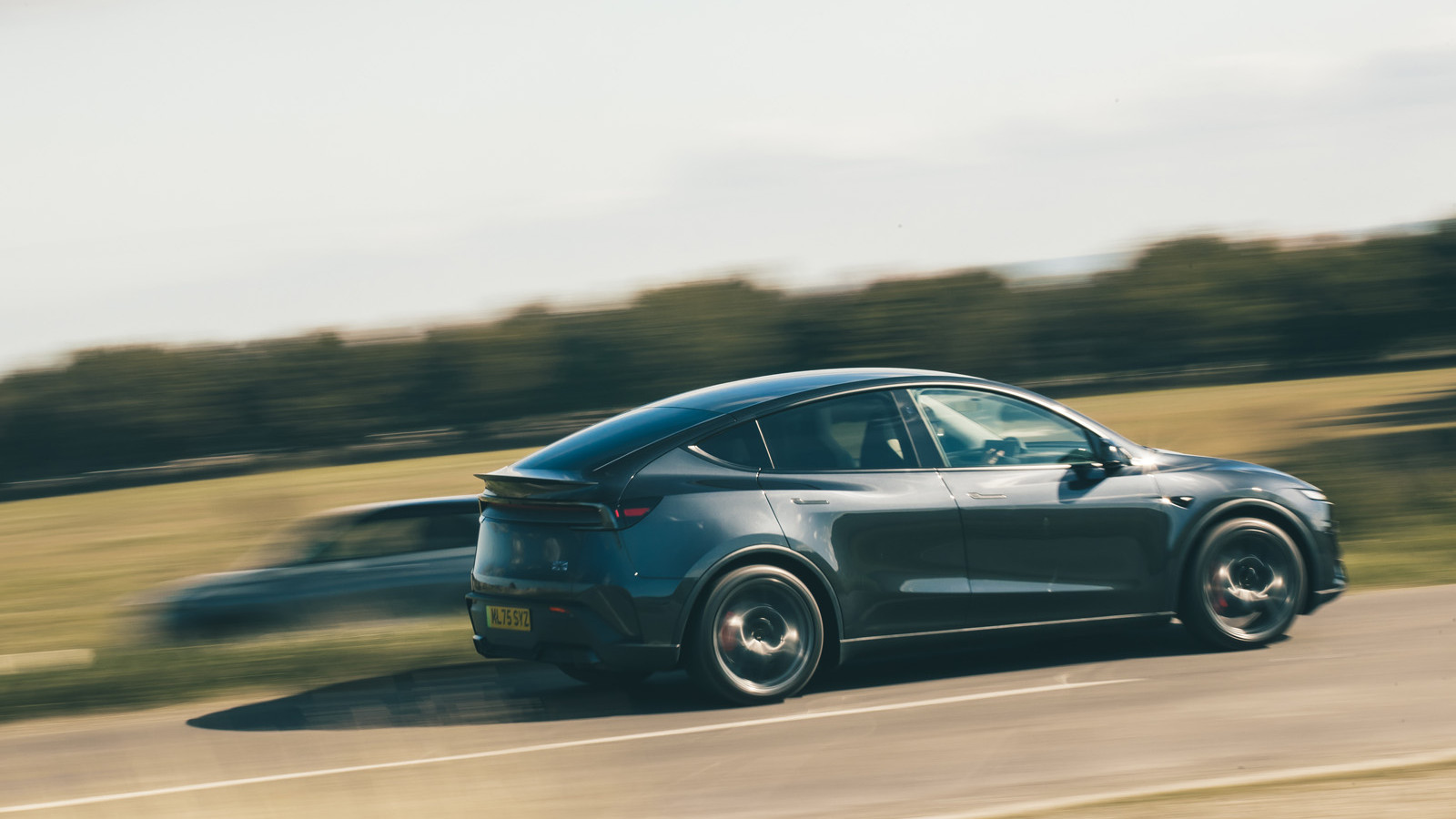 © Haymarket Media
© Haymarket Media -
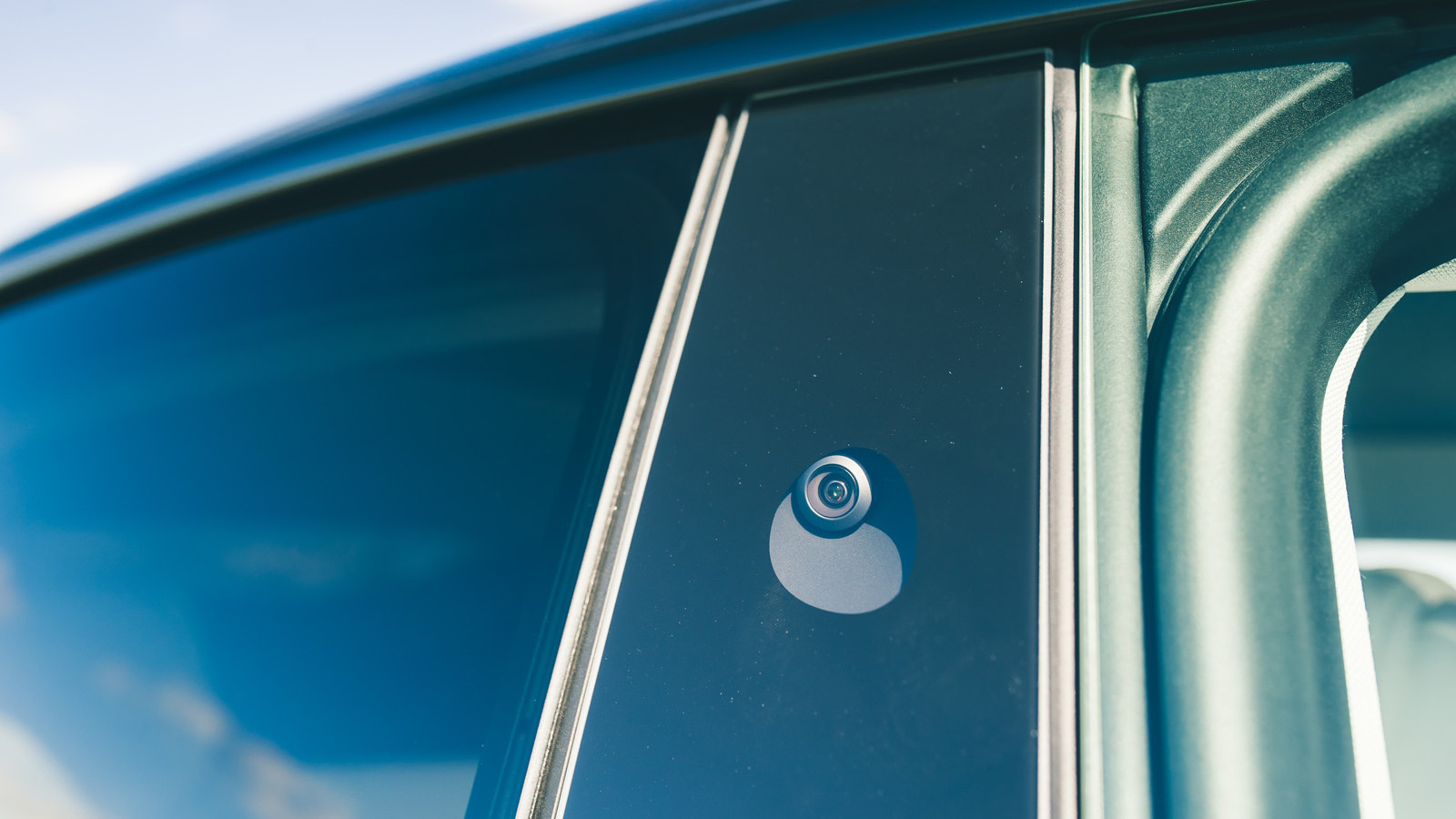 © Haymarket Media
© Haymarket Media -
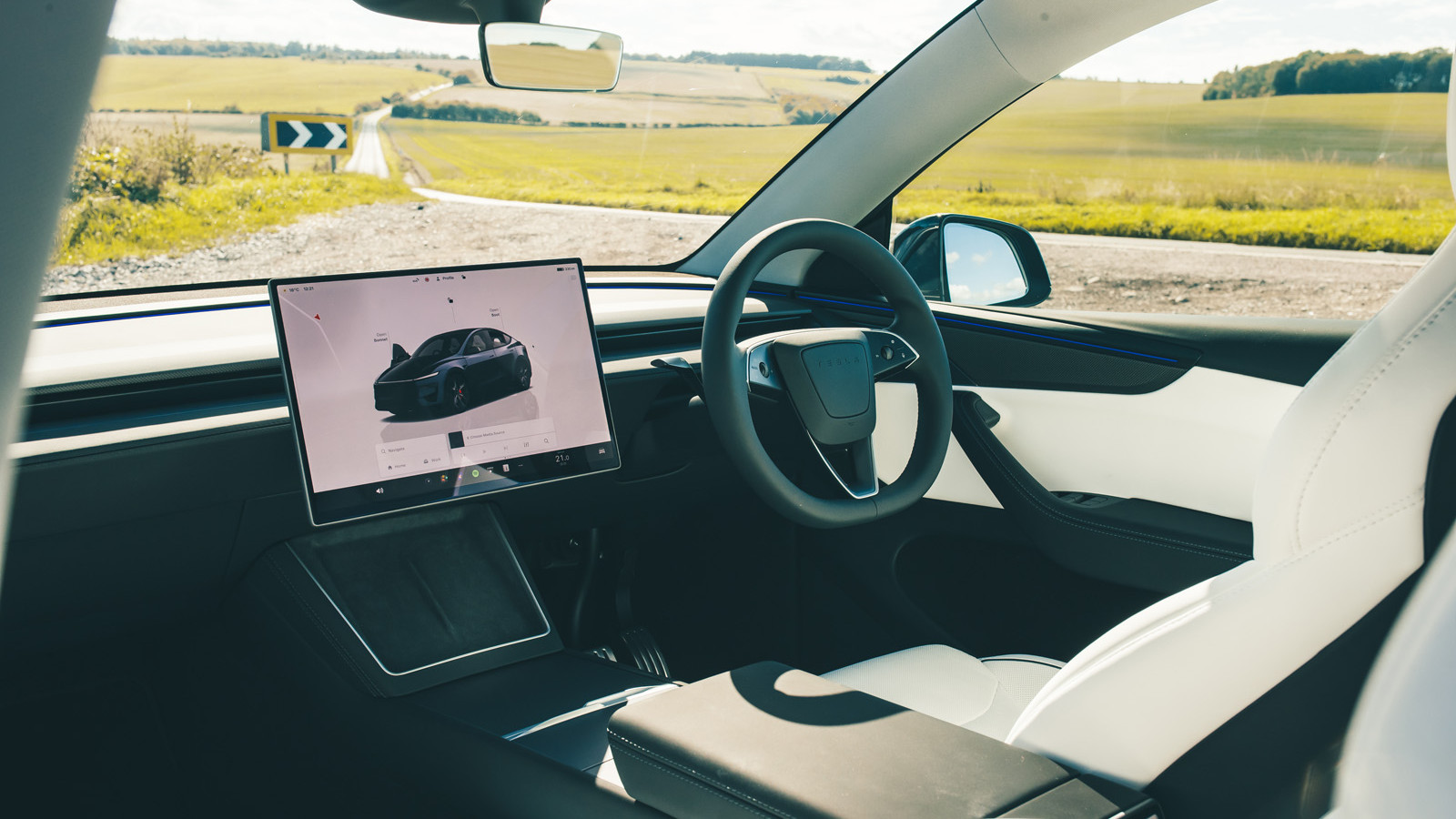 © Haymarket Media
© Haymarket Media -
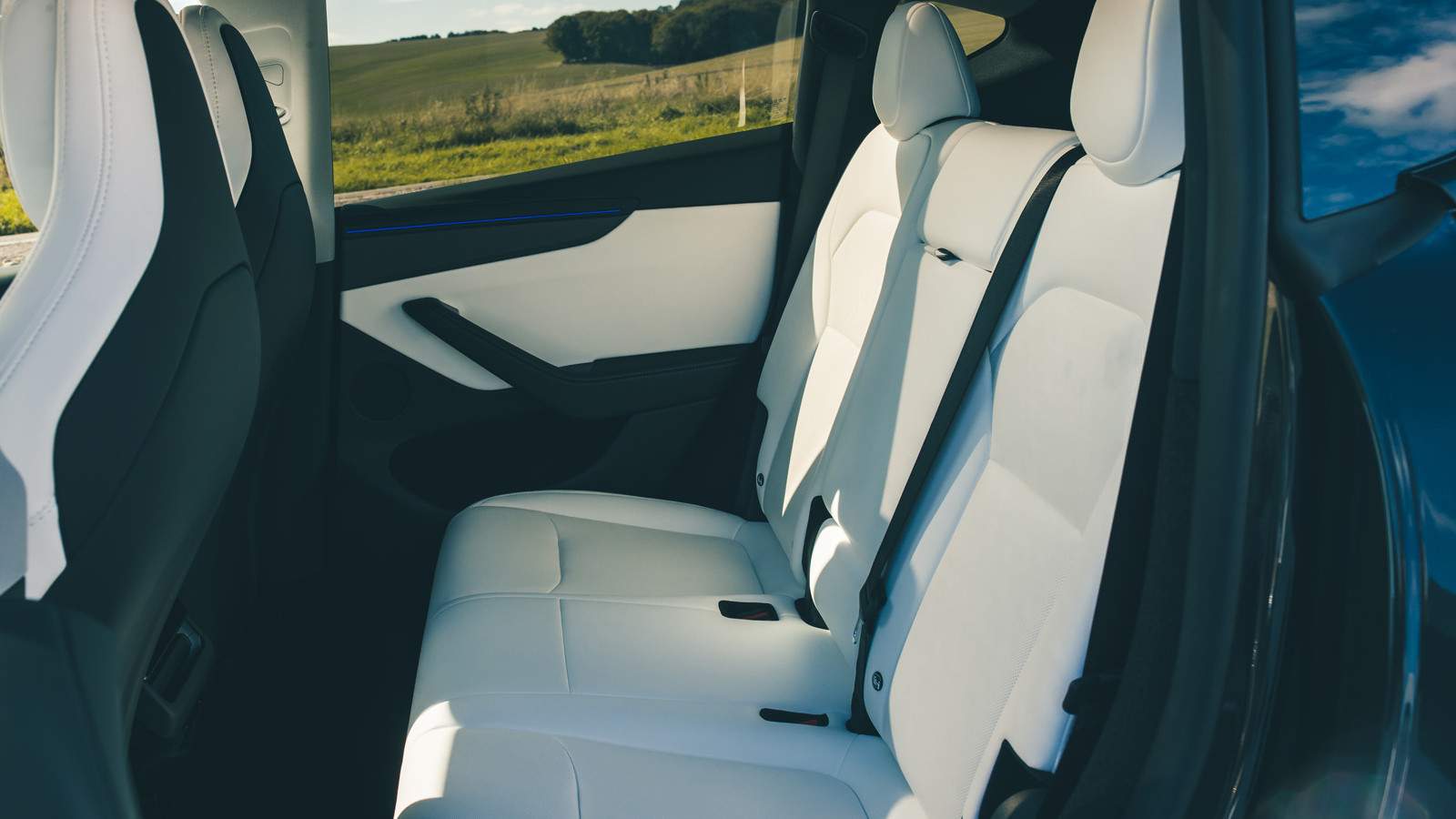 © Haymarket Media
© Haymarket Media -
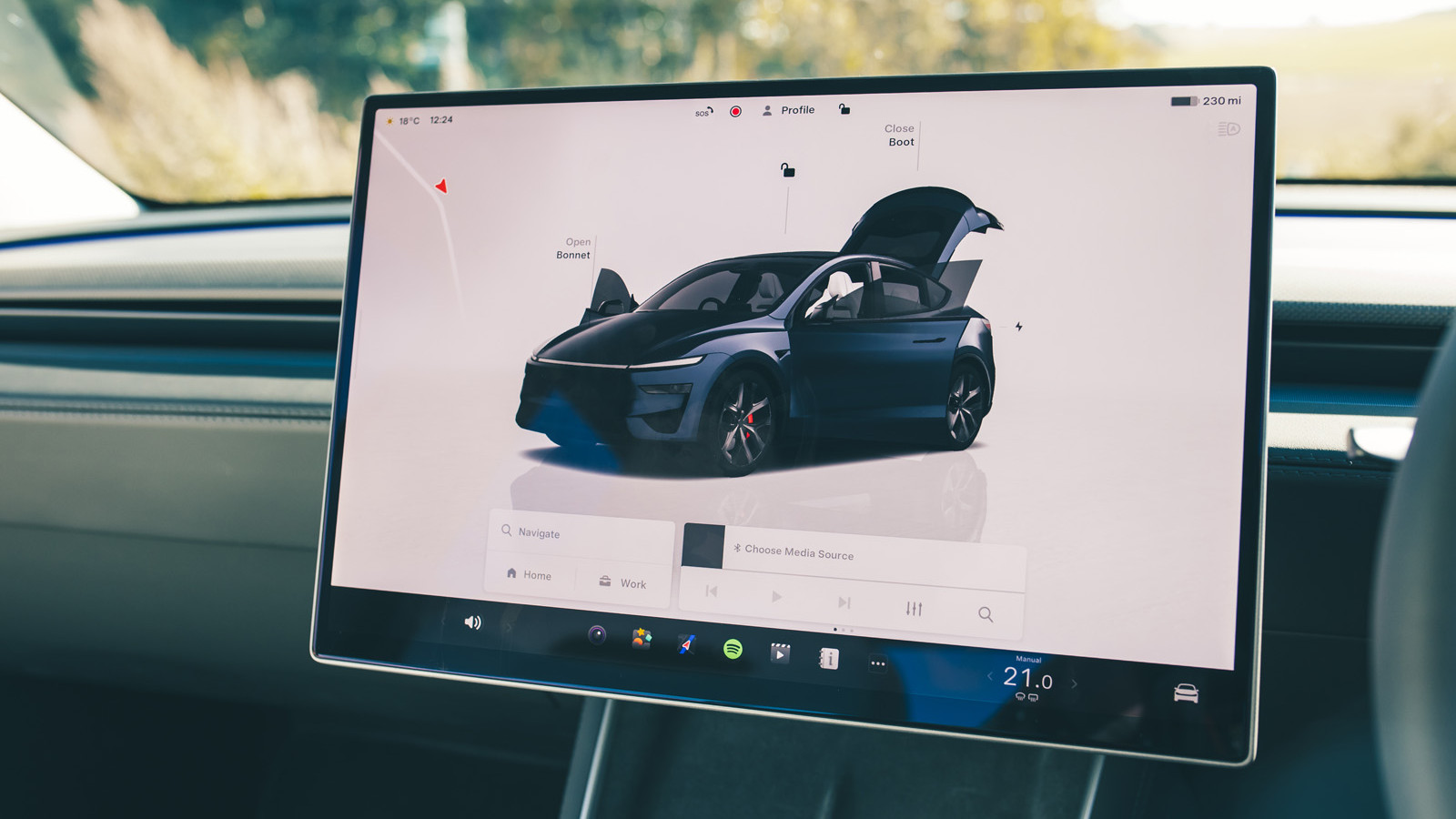 © Haymarket Media
© Haymarket Media -
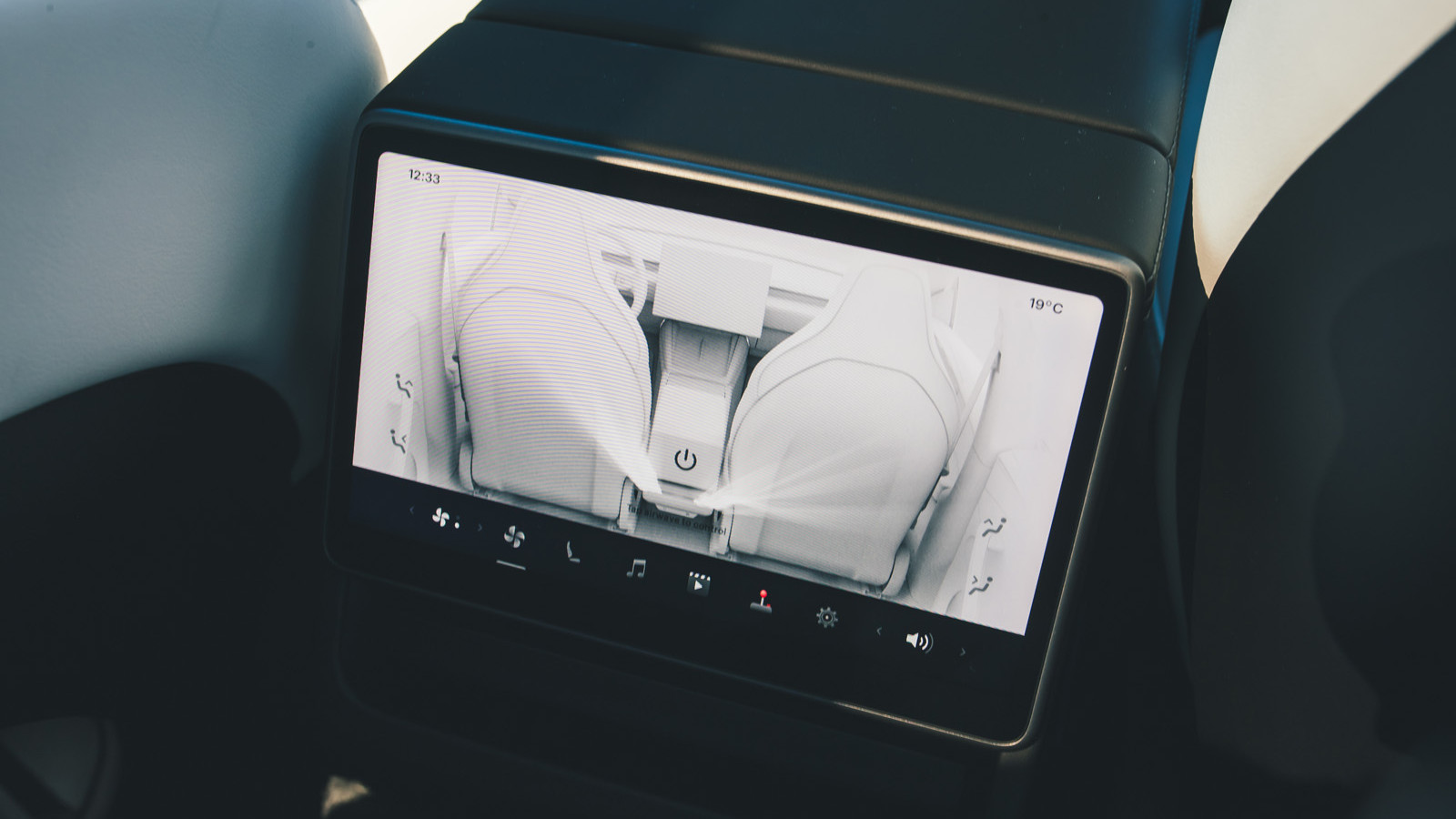 © Haymarket Media
© Haymarket Media -
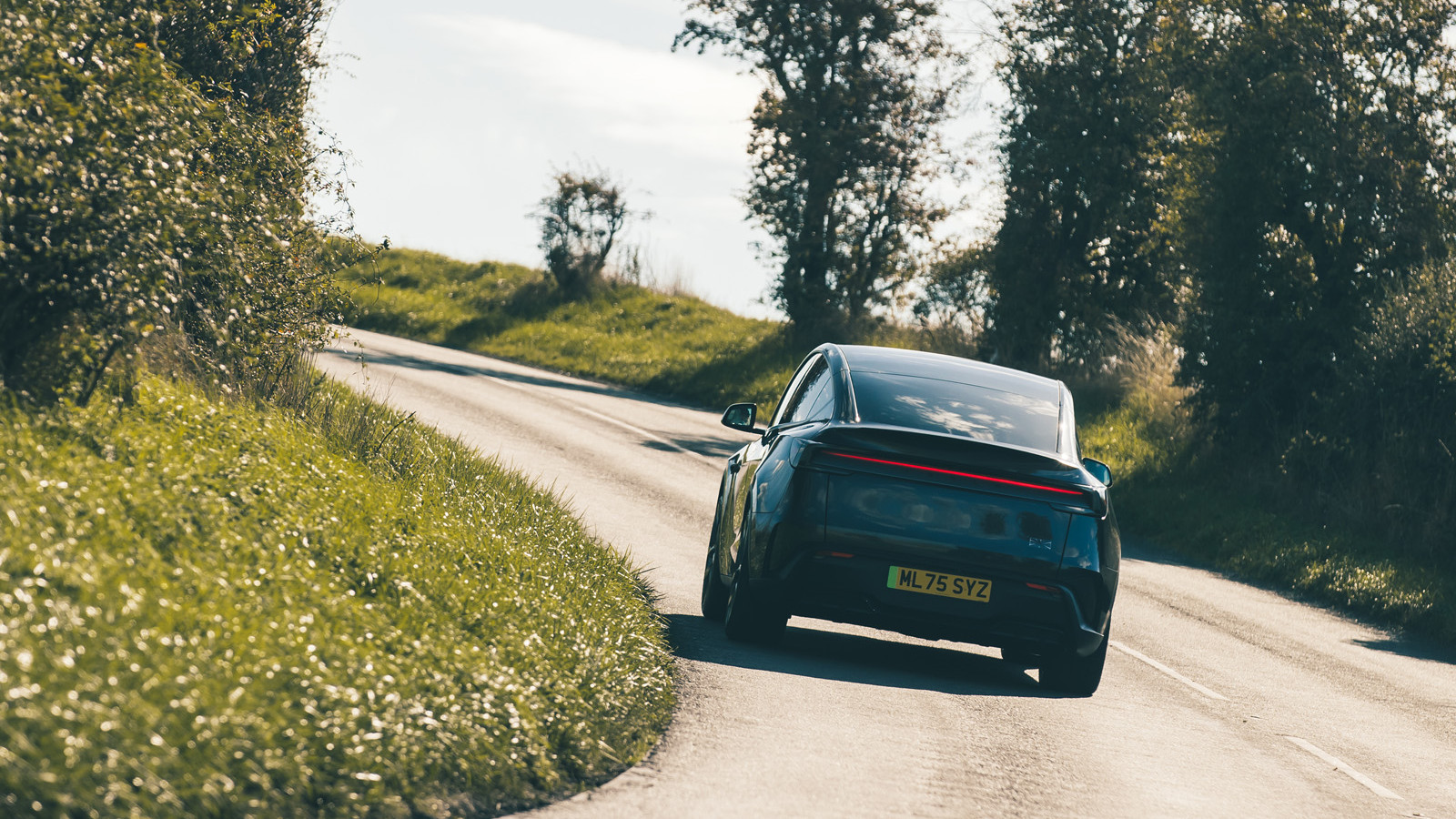 © Haymarket Media
© Haymarket Media -
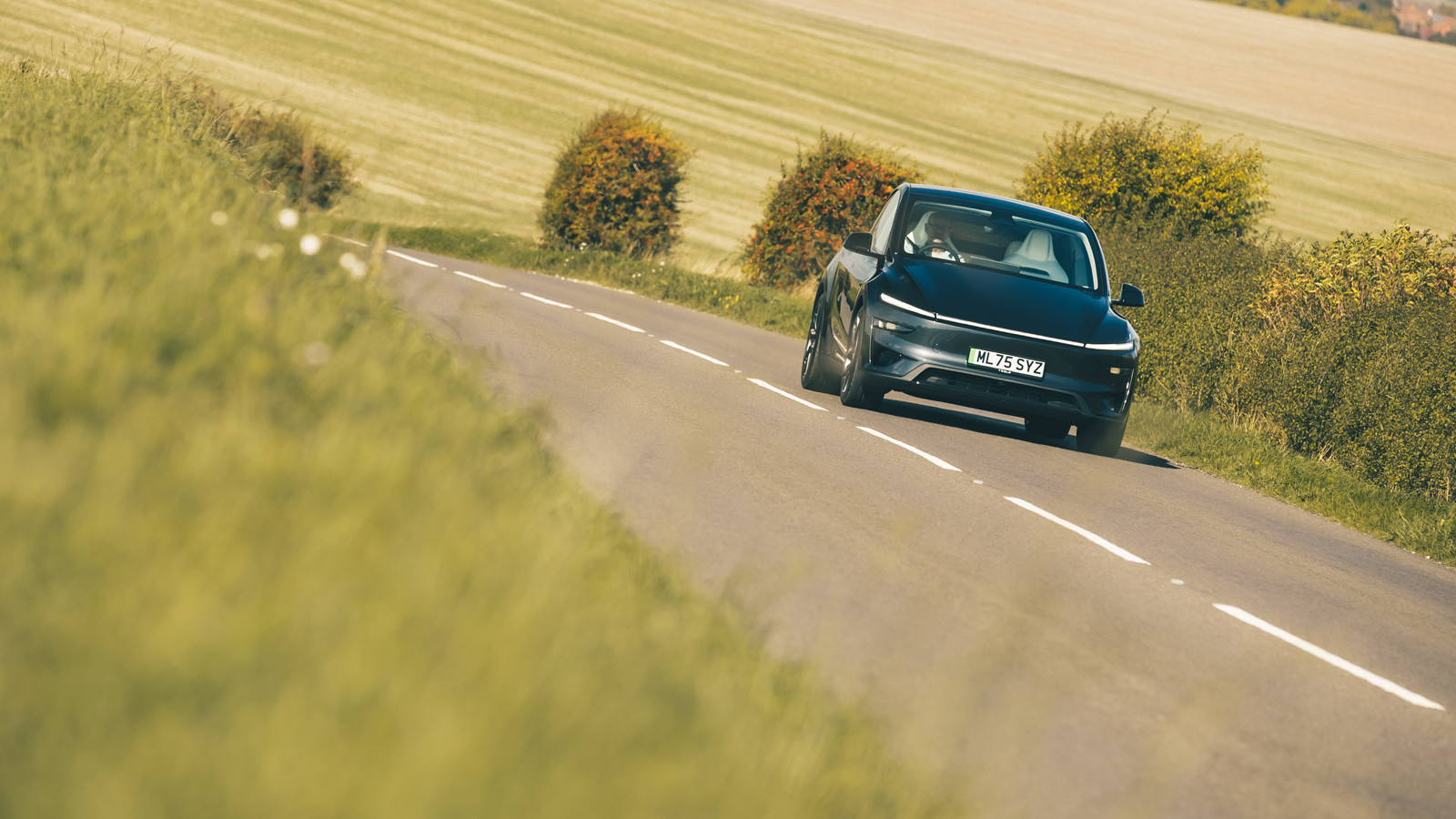 © Haymarket Media
© Haymarket Media -
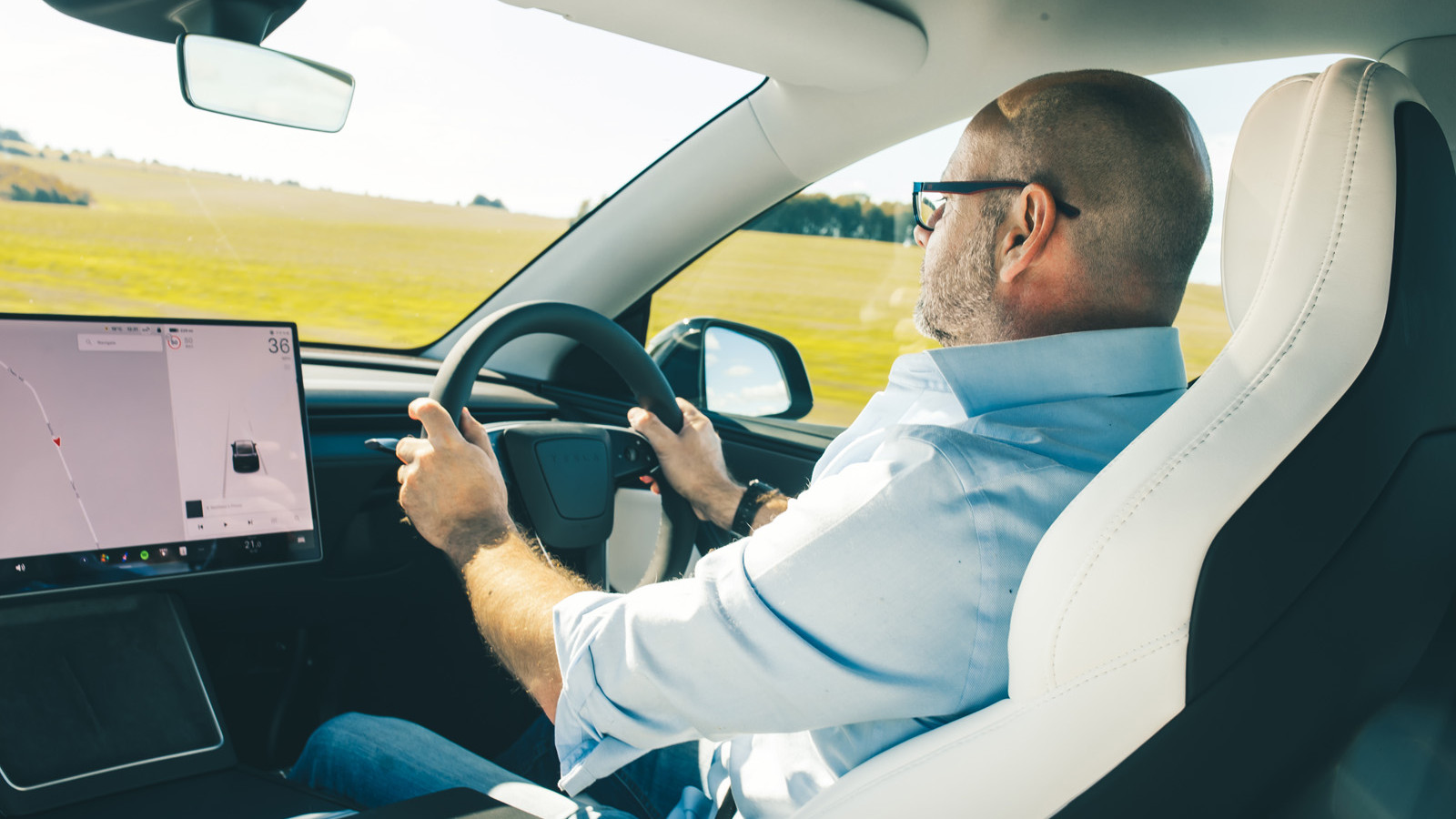 © Haymarket Media
© Haymarket Media -
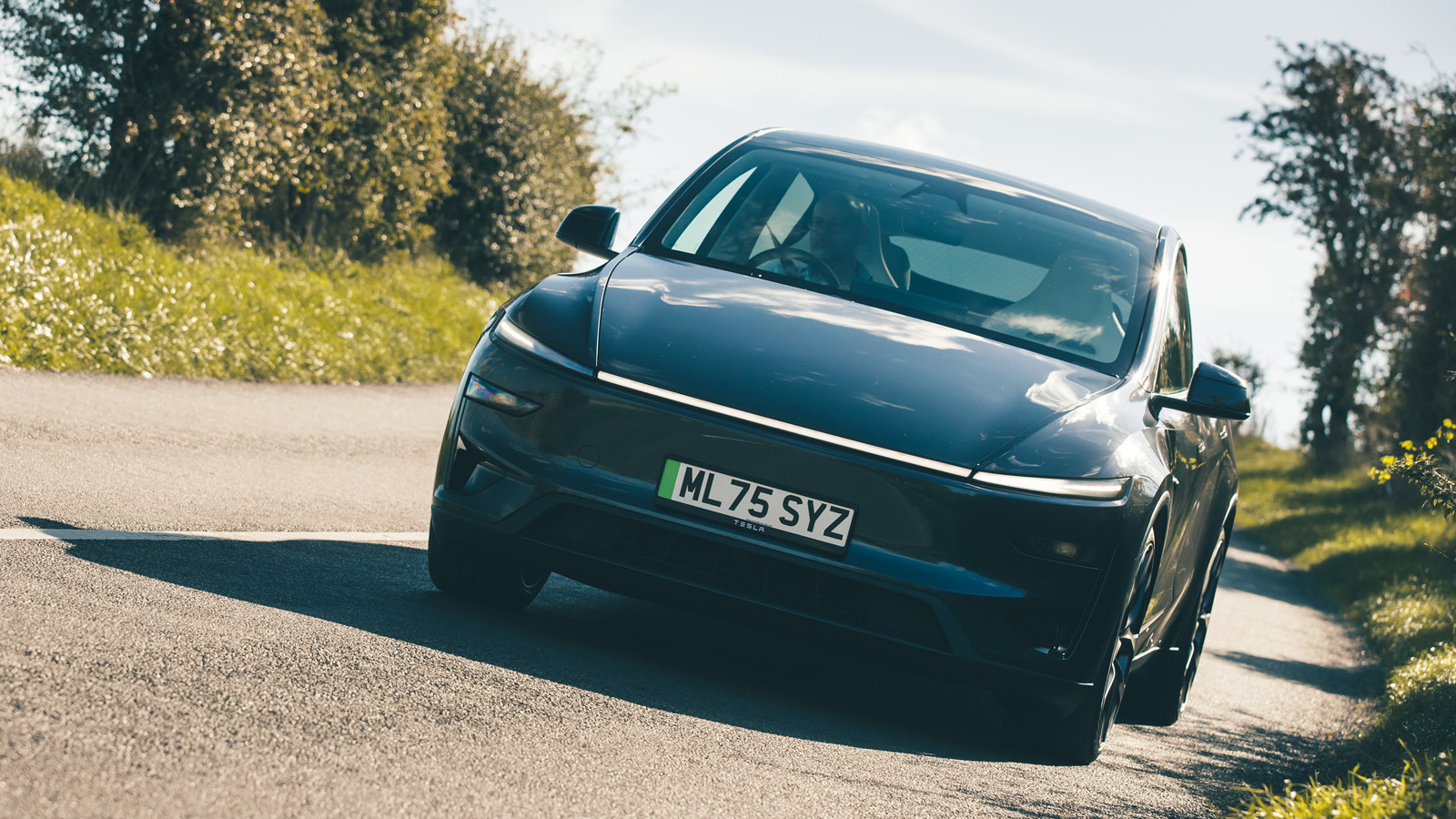 © Haymarket Media
© Haymarket Media -
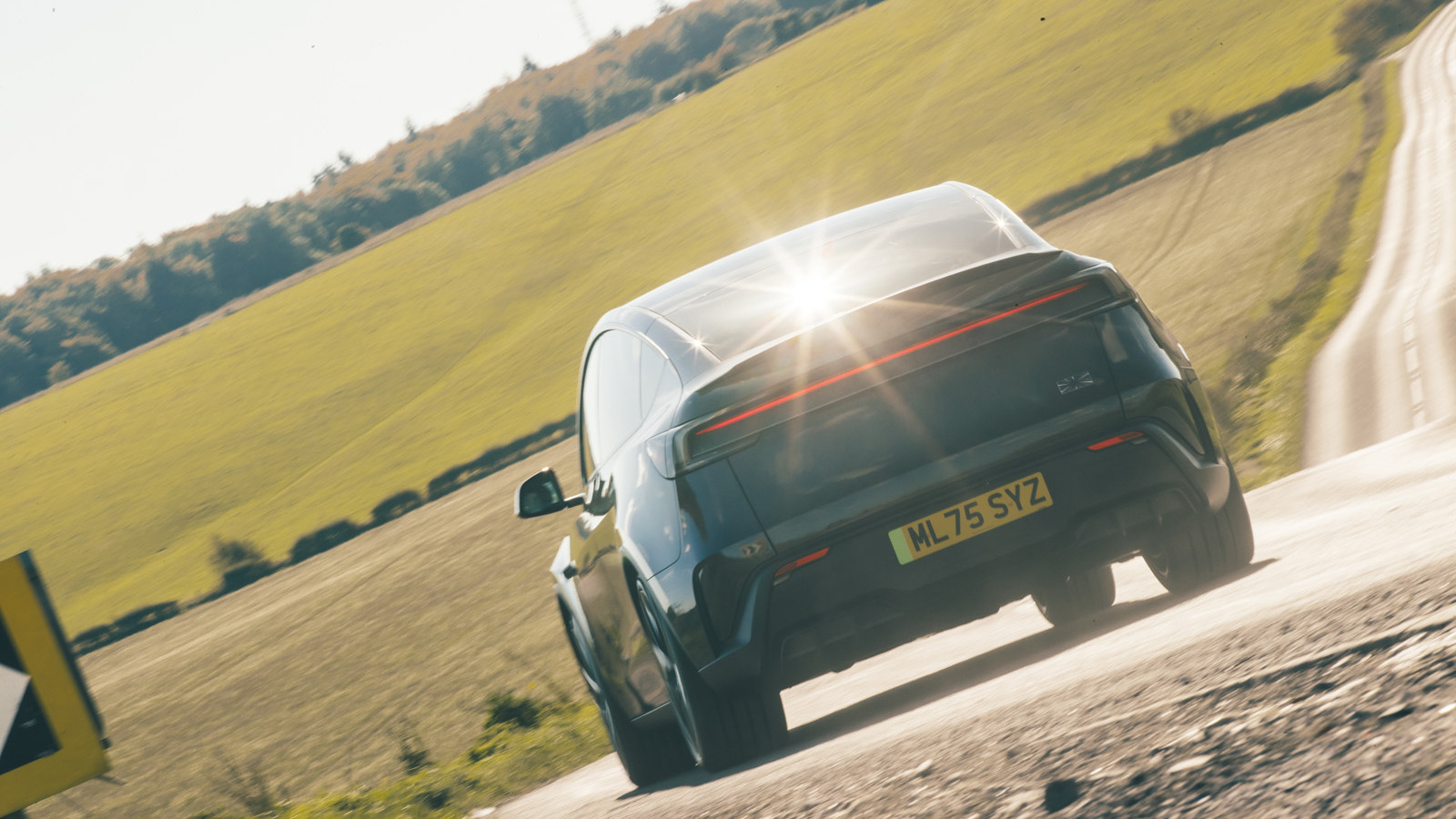 © Haymarket Media
© Haymarket Media -
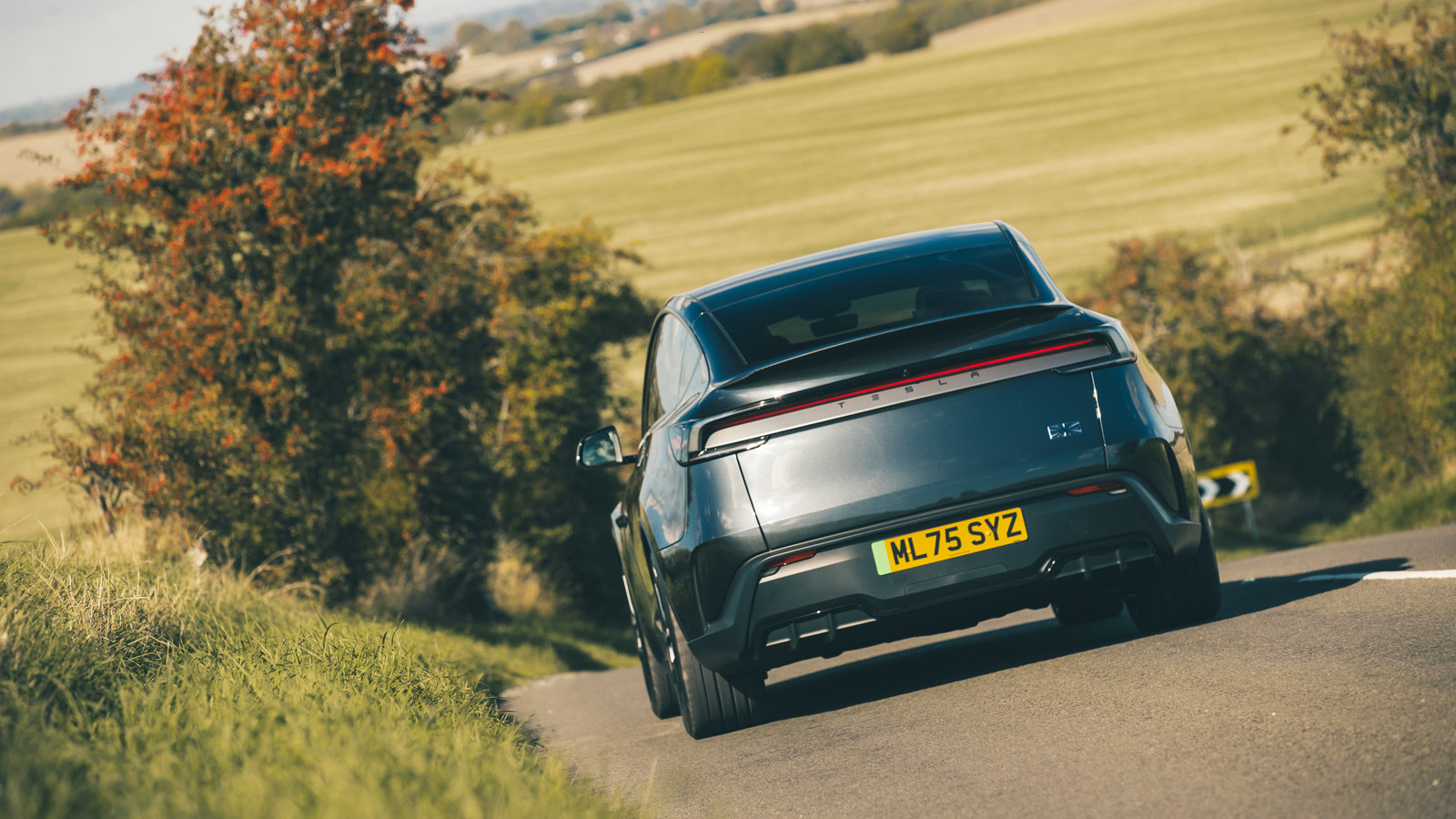 © Haymarket Media
© Haymarket Media
-
Regardless of what your opinions on electric cars are, there’s no denying they can produce extraordinary performance.
Tesla knows this, and over the years has produced several high-performance versions of its hot-selling electric cars.
The firm has produced the Model X Plaid, Model S Plaid and Model 3 Performance, but it’s the Model Y crossover we’re focusing on here, which returns with several changes as part of a midlife update.
So, what is it like to drive? Read on to find out…
-
The arrival of the new Tesla Model Y Performance means the model line-up now consists of four models. The range also includes the Rear-Wheel Drive, Long Range Rear-Wheel Drive and Long Range All-Wheel Drive.
-
It gains the design changes seen across the Model Y range. It gets a new light bar at the front, but the Performance gets a real carbonfibre boot spoiler, plus a longer front splitter and a remodelled rear diffuser.
-
These combine to reduce lift by 64% and drag by 10%. There are new 21-inch wheels, too, and red brake calipers. This hardcore version of the Model Y also sits on 255/35 front and 275/35 rear Pirelli P Zero tyres.
-
The Model Y Performance gets 460bhp from the same 'Performance 4DU' motors found in the Model 3 Performance saloon. Its adaptive suspension, also from the Model 3, is specially tuned to the SUV's dimensions.
-
Speaking of which, at 4.8m long, 1.98m wide across the body (2.13m across the mirrors) and 1.61m high, the Model Y is one of the bigger cars in its class.
-
The recent changes to the regular Model Y have been adopted inside, including a new touchscreen for the spacious rear seats. New, more heavily bolstered front seats and large, shiny pedals are exclusive to the Performance model.
-
The cabin offers broad visibility and a comfortable feel, typical of Teslas, with ample storage for small items. Design elements include gloss black accents, carbon fibre door inserts, puddle lights, and Performance badges featuring a warp-speed effect.
-
The simple cockpit design comes at the expense of physical dials and buttons, of course. There’s an indicator stalk, a door knob and individual window switches, plus two rotary dials, a few haptic buttons on the steering wheel and a hazard warning light button, but everything else is dealt with by a 16in touchscreen (bigger than the 15.4in one on the pre-facelift car).
-
Among screen-heavy cars, Teslas remain probably the most intuitive (you always get climate settings on-screen and they’re swipingly adjustable), but it would be better if everything weren't on it. While Teslas offer intuitive, screen-based climate controls, the reliance on a central screen for most functions could be improved.
Among the on-screen controls, the buttons for adjusting the driving dynamics are particularly noteworthy. While the ability to modify steering weight, acceleration, and regenerative braking is not uncommon, this system also offers a selection between normal and sport damping levels. This is made possible by the inclusion of adaptive dampers, along with new bushes, rear strengthening, and steering modifications.
-
Weighing in at 2033kg, the Performance is a weighty vehicle. However, for a full-size electric SUV boasting an estimated 82kWh battery (79kWh usable), a 0-60mph time of 3.3 seconds, and a top speed of 155mph, it's not excessively heavy.
-
The Model Y's three powertrain modes provide distinct performance characteristics. The most sedate option significantly softens throttle response, ideal for maximizing range while maintaining adequate pace in traffic. Standard mode offers quicker acceleration, while Insane mode (despite its potentially jarring name) delivers exhilarating throttle response, propelling the Model Y with impressive urgency.
-
The adaptive suspension offers two modes, Standard and Sport, with subtle yet well-judged differences. Neither mode is overly soft or excessively firm, providing a pleasing balance.
-
In standard mode, the Model Y Performance offers a relatively firm and controlled ride, adept at absorbing the impacts of uneven urban roads. However, on more demanding country routes, its size becomes more apparent, exhibiting some manageable pitch and yaw unless pushed hard.
Given its "Performance" designation and impressive initial acceleration, a firmer suspension mode is available to mitigate these movements. This mode reduces cornering roll and lean, providing better control. While this enhanced control is entirely acceptable on open roads, it can occasionally feel a little too stiff in town.
-
The Model Y gains the battery used in the Model 3 Performance, which will produce a range of 579km (360 miles). While the claimed charging speed is up to 250kW, our experience shows it won't hold that for long, and the Tesla Supercharger network, now that other retailers are catching up, isn't quite the pull it once was. But Tesla's on-board range planning and charger-status tool is still the best in the game.
-
The Model Y Performance transforms an already capable electric SUV with thrilling speed and enhanced control.
While it's a two-tonne SUV, and the standard Model Y is far from sluggish, the added control and excellent visibility - a hallmark of Tesla, especially taller models - mean you'd be hard-pressed to find a quicker way through a winding road, even if you were in a rush.
